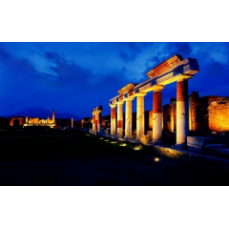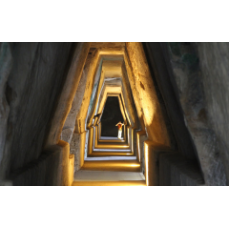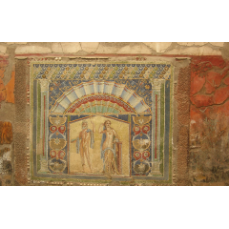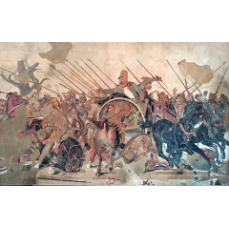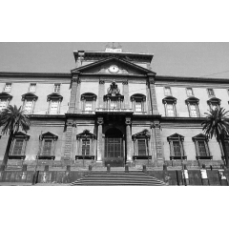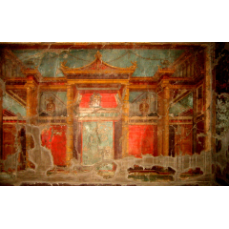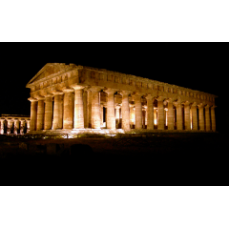PUTEOLI - visitpompeii
Main menu:
PUTEOLI
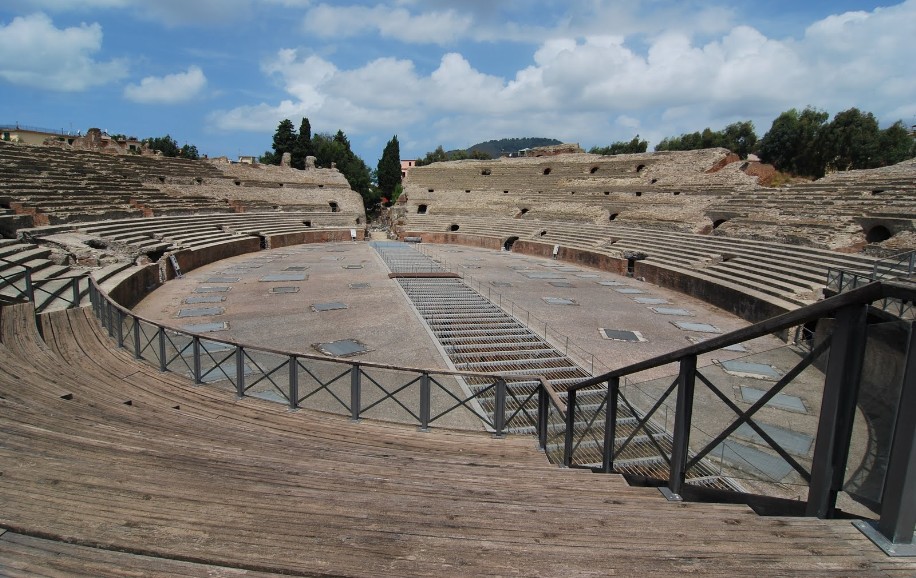
The amphitheatre at Pozzuoli, reputed to be the third largest in Italy and to the volcanic Phlegraean Fields, to explore the suphurous stones, bubbling mud and jets of steam in the crater of Solfatara. Lecture before dinner: "Roman Campania".
This prime settlement site with a natural harbour was colonised in 529 BC by the Greeks, who called it Dicaearchia. The Roman city of Puteoli was established in 194 BC, and it became the principal port of Campania. The few public buildings to have survived are proof of the wealth and status of the town. Cicero had a villa here, and referred to it as `Little Rome', and St Paul disembarked here in AD 61 alter his voyage from Caesarea.
The town also became famous for its ash deposits from prehistoric volcanic eruptions. The Romans used this material to make a strong cement, and called the product pulvis puteolanus after the town.
Pozzuoli, like Baia and other towns around this part of the Bay of Naples, is affected by a rare seismic phenomenon called bradyseism. This manifests itself in the form of slow earthquakes, almost unnoticeable, but often resulting in a rise or fall of land level by a metre or two in a few months. The archaeology of the lower town has been much affected by this.
The harbour was protected by an extensive mole, to which the Emperor Caligula, in the 1 st century AD, attached a floating bridge to join the town to Baiae. The mole comprised 25 piers connected by arches, the foundations of which can still be seen underwater in calm conditions.
In the upper town is the well-preserved amphitheatre, begun by Nero in the 1 st century AD to replace a smaller one of Augustan date nearby. It could accommodate 40,000 spectators.
The labyrinth of dungeons and passages under the arena is particularly impressive here - cages of animals and scenery could be hoisted up to ground level by lifts and pulleys. The area around the outside of the amphitheatre has become a convenient store for displaying decorative stonework found -all over Pozzuoli. These include tombstones, altars, columns, architraves and pieces of mosaic flooring.
The only substantial Roman building remaining in the lower town is the so-called `Serapeum', actually a macellum or market.


